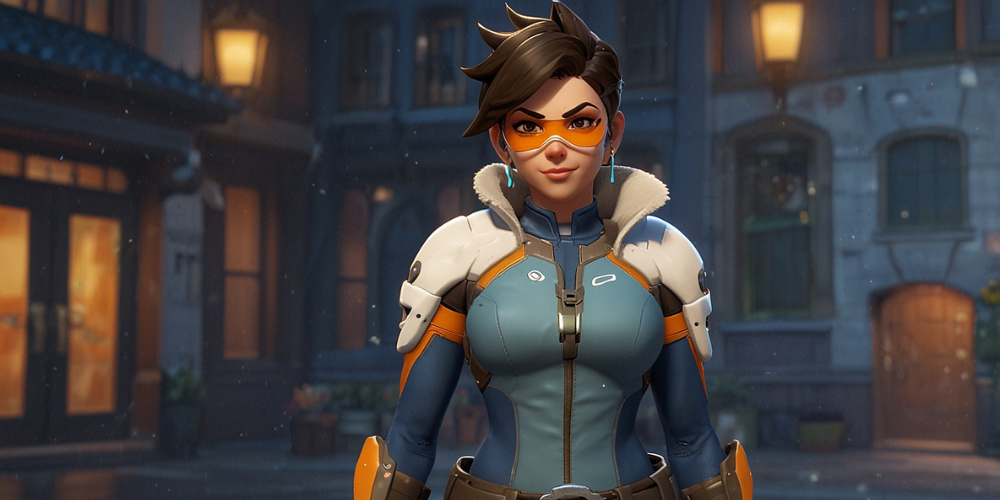Behind the Scenes of Overwatch 2: Internal Struggles and Strategic Shifts at Blizzard
Oct-03-2024

Recent reports indicate that Activision Blizzard had disagreements with the Overwatch team regarding the growing demands associated with the hero shooter, particularly in relation to the sequel, OW2. There was a push for a significant increase in staffing to adopt a more structured approach, akin to the model employed by Call of Duty.
According to sources, the former CEO of Activision Blizzard, Bobby Kotick, encouraged the Overwatch team to manage the escalating workload stemming from their success by expanding the workforce. This would allow for the establishment of distinct teams dedicated to separate iterations of the game series. Insights into this situation have surfaced through various discussions in gaming communities, particularly related to recent revelations from a new book about Blizzard Entertainment.
While deeper details can be found in the book, the core issue is that the team was overwhelmed by the volume of work. In addition to maintaining the ongoing game, developers found themselves juggling tasks associated with a sequel and managing the growing Overwatch league. There was evidently there is a lack of uniformity regarding the most effective approach to handle these challenges.
The proposed solution from Kotick involved recruiting a substantial number of new employees, similar to the workforce model of Call of Duty, effectively creating a second team to focus on OW2 while the existing team continued their work on the original game—or vice versa. However, resistance to this idea came from key figures like Jeff Kaplan and Chacko Sonny, who valued the existing team culture. They expressed concerns that increasing team size could introduce complications and hinder efficient development, leading to a range of issues as time progressed.
The situation ultimately culminated in the release of Overwatch 2, which replaced the original title. Many planned features, particularly those related to player versus environment content, were reduced, and the Overwatch League saw significant changes or even cancellation as Blizzard reconsidered its next steps. Since the game's launch, various monetization strategies and gameplay elements have gradually returned to their previous states. The future of the hero shooter remains uncertain, and it appears a project with Netflix is unlikely at this stage.
Amidst these developments, Blizzard appears to be eager to revive its real-time strategy offerings, with reports of pitches for Warcraft 4 and a Call of Duty-themed RTS, though these proposals were ultimately rejected.







